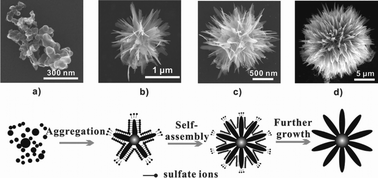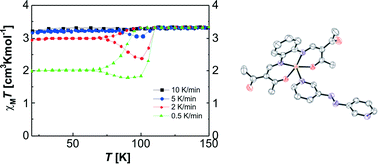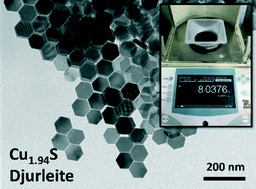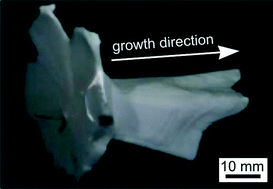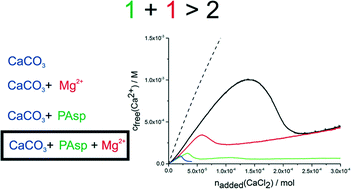A facile new preparation of shape-controlled tungsten trioxide (WO3) sensors is reported in a recent paper by Zhang et al. These sensors show good selectivity towards the hazardous gas hydrogen sulfide (H2S) at a relatively low operating temperature.
Detection of hazardous gases is necessary to monitor environmental pollution and ensure levels do not exceed legally permitted limits. In the case of H2S, the general industry ceiling limit is 20 ppm. At concentrations of above 50 ppm, eye damage is likely and at higher concentrations (above 320 ppm) pulmonary oedema and breathing problems resulting in death can occur. There is, therefore, a demand for cheap, reliable and selective sensors for identifying low concentrations of H2S.
Metal-oxide semiconductors such as WO3 are attractive potential sensors which are relatively cheap and easy to fabricate. As the sensing ability of the particles depends on their morphology, the preparation of shape-controlled particles is a requirement. Zhang et al achieve this by reacting sodium tungstate and potassium sulfate in an acidic environment. Adding oxalic acid and heating at 100oC then calcining the resulting product produces WO3 microflowers, of diameter 16 μm. Study of the reaction shows it can be divided into four processes. Crucially, during the final stage, needle-like nanosheets grow radially from central particles to produce a flower-like morphology (see the scheme below).
These particles have excellent potential for application as H2S sensors – at 160oC they show high sensitivity and sensor response along with good repeatability and selectivity towards H2S. The high performance of WO3 microflowers is related to their structure. They are assembled from nanosheets composed of several nanowhiskers in parallel, giving highly exposed surfaces and so more pathways for gas absorption and electron exchange. The nanosheets are homogeneous and single-crystalline so electron transport can occur between particles without overcoming boundary barriers which would decrease the sensitivity.
For more details, read the full paper at:
Low-temperature solvothermal synthesis of hierarchical flower-like WO3nanostructures and their sensing properties for H2S
Bingxin Xiao, Qi Zhao, Chuanhai Xiao, Tianye Yang, Pan Wang, Fei Wang, Xiaodong Chen and Mingzhe Zhang
CrystEngComm, 2015
DOI: 10.1039/C5CE00870K
____________________________________________________________________________________________
 Gwenda Kyd has a PhD in metallocarborane chemistry from the University of Edinburgh. Other research work includes the spectroscopic study of the structure of glasses and organometallic electron-transfer reactions and the preparation of new inorganic phosphors. She has recently published a book on chemicals from plants.
Gwenda Kyd has a PhD in metallocarborane chemistry from the University of Edinburgh. Other research work includes the spectroscopic study of the structure of glasses and organometallic electron-transfer reactions and the preparation of new inorganic phosphors. She has recently published a book on chemicals from plants.


